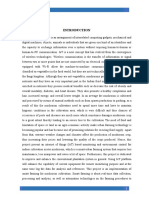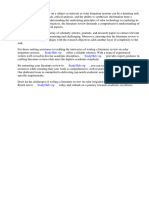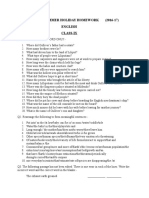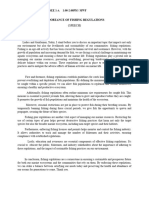0% found this document useful (0 votes)
21 views5 pagesIntro Research
This document discusses the significance of mushroom cultivation and the potential benefits of innovative solar-powered irrigation systems for enhancing productivity and sustainability in oyster mushroom farming. It highlights the challenges of traditional cultivation methods and presents solar-powered systems as a viable solution to optimize water usage and reduce labor costs. The study aims to design a solar-powered irrigation system that maintains optimal moisture levels and evaluates its impact on yield and efficiency in mushroom cultivation.
Uploaded by
carlandre.escobarCopyright
© © All Rights Reserved
We take content rights seriously. If you suspect this is your content, claim it here.
Available Formats
Download as DOCX, PDF, TXT or read online on Scribd
0% found this document useful (0 votes)
21 views5 pagesIntro Research
This document discusses the significance of mushroom cultivation and the potential benefits of innovative solar-powered irrigation systems for enhancing productivity and sustainability in oyster mushroom farming. It highlights the challenges of traditional cultivation methods and presents solar-powered systems as a viable solution to optimize water usage and reduce labor costs. The study aims to design a solar-powered irrigation system that maintains optimal moisture levels and evaluates its impact on yield and efficiency in mushroom cultivation.
Uploaded by
carlandre.escobarCopyright
© © All Rights Reserved
We take content rights seriously. If you suspect this is your content, claim it here.
Available Formats
Download as DOCX, PDF, TXT or read online on Scribd
/ 5


























































































